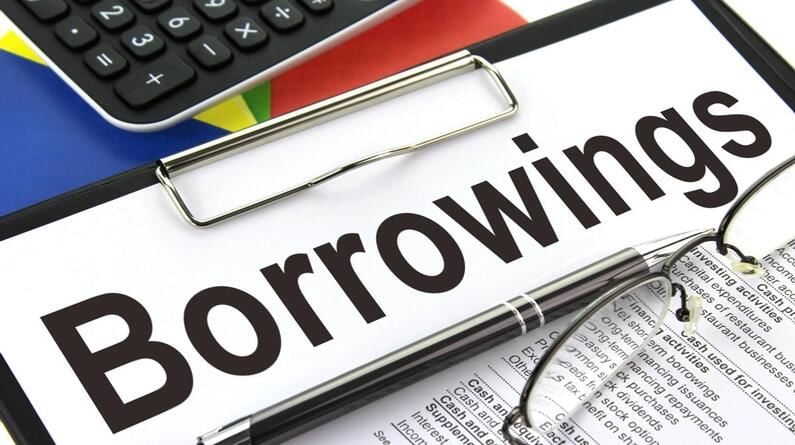Don’t use credit cards like this!
Do you pay only the minimum amount due on your credit card? How can your debt burden increase just by paying the minimum amount due? Watch this video to know

A mostly favourable consumer borrowing trend represents a return to normalcy as consumer perceptions about economic resurgence are upbeat and buoyant. That is precisely what a recent survey by Home Credit India on ‘How India Borrows’ shows. The study gives an overview of India’s borrowing patterns and individual reasons during and after the second wave of Covid-19.
Delhi, Jaipur, Bangalore, Hyderabad, Bhopal, Mumbai, Kolkata, Patna, and Ranchi were included in the HIB study. Over 1,200 respondents (home credit clients) between the ages of 21 and 45, with a monthly income of less than Rs 30,000, made up the primary sample.
“The in-house annual study on Consumer borrowing trends, How India Borrows 2021, indicates the revival of positive borrowing as people fight to come back from the varied losses incurred in the pandemic year 2020. This resilience of consumers is reflected in the rise in business loans borrowing, home renovation and other positive reasons versus primarily borrowing for meeting household & family needs in 2020,” said Vivek Kumar Sinha, chief marketing officer, Home Credit India.
Key findings
-According to the study analysis, borrowing for running household needs was reduced to 4% in 2021 from 85% last year, indicating a shift from need-based to desire-based borrowing.
-Borrowing for business start-ups has increased noticeably, accounting for 28% of total borrowings, followed by small loans or credit for consumer durables purchases accounting for 26% of total borrowings.
-Other favourable reasons were house renovation/new construction (13%), medical emergency (2%), vehicle loan (9%), marriage (3%), education loan (2%), investments, and repaying a previous loan, among others (1%). According to the report, borrowings increased by more than 50% between 2010 and 2020, whereas borrowings for running households decreased.
-According to the HIB survey, approximately 40% of borrowers expressed interest in using digital platforms to obtain loans, compared to over 15% of consumers who had already switched to online loans rather than traditional offline channels. Despite the fact that technology has been a crucial facilitator, the study results show that, like all digital trends, chatbot familiarity and trust are governed by age, with younger customers leading the way.